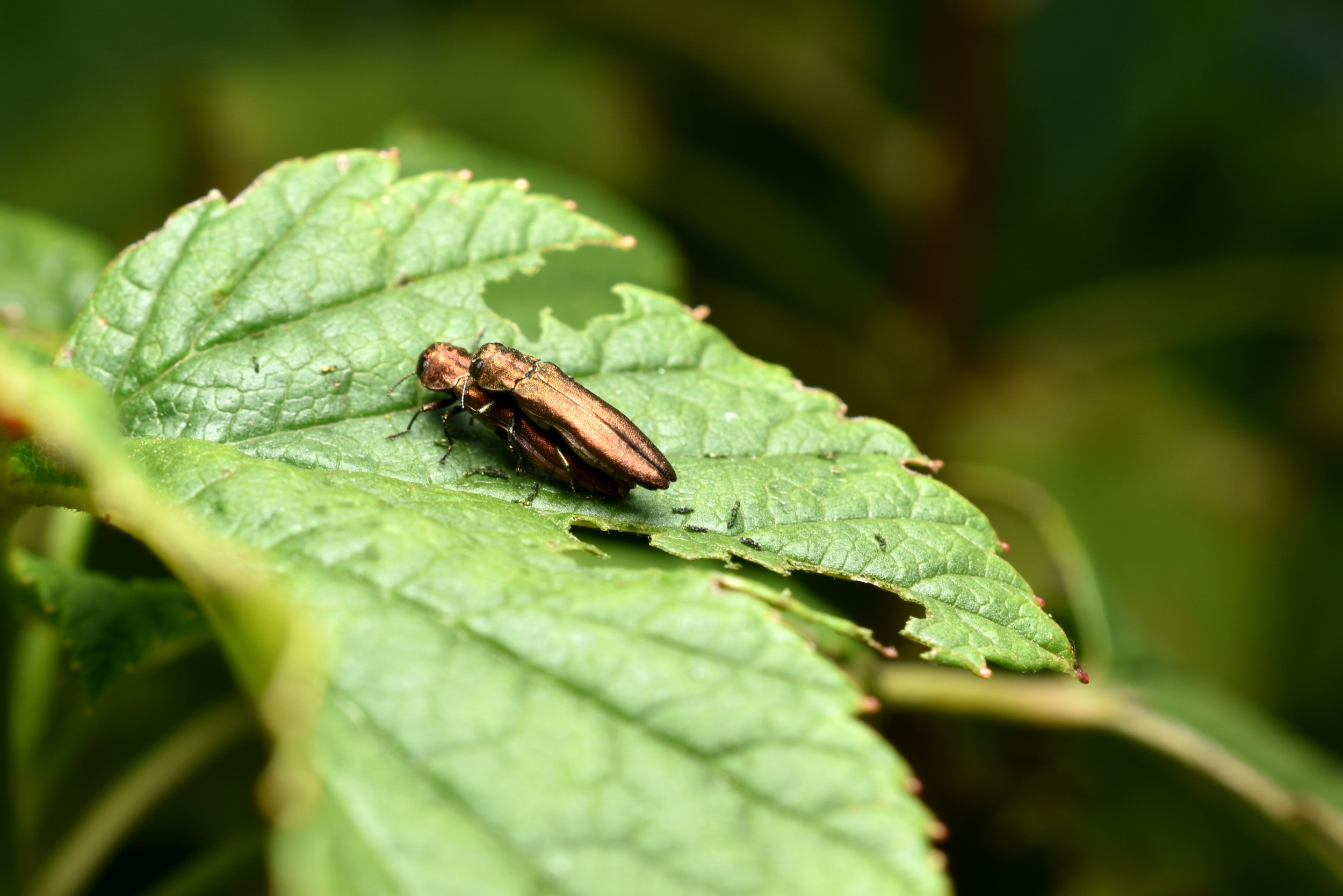After 15 years of dedicated efforts, Minneapolis and St. Paul have completed the removal of the final ash trees from public areas, marking a significant step in Minnesota’s ongoing battle against the Emerald Ash Borer (EAB). Most remaining ash trees have been treated to stave off infestation.
The EAB, a damaging pest first identified in Minnesota back in 2009, has posed a grave danger to the local ash tree population. With approximately 1 billion ash trees in the state, mostly found in wooded regions, the threat was especially pronounced in the Twin Cities where tens of thousands of ash trees were residing.
The removal strategy has been vital to the state’s comprehensive plan to manage the EAB, which tends to spread slowly at first but can rapidly devastate ash trees within a community in just 10-15 years.
The larvae of the EAB live beneath the bark of ash trees, causing harm by tunneling through the wood, ultimately killing the trees.

Over the past 15 years, St. Paul has invested around $36 million in managing the EAB and treating public trees, including 112 that remain in local parks. Residents have also contributed, funding treatments for more than 800 ash trees on public grounds.
“Our main approach focused on the methodical removal of ash trees across entire city blocks,” explained Cloyd. “Once removed, each tree was stumped and replanted with the aim of a 1:1 replacement using a more diverse selection of new trees.” As of June, the last block of structured ash removal was completed, nearly 15 years after the pest’s discovery in the city.
However, the battle isn’t fully over. Some ash trees are still standing on boulevards, and private trees in St. Paul also need attention. About 350 boulevard trees have been treated by adjacent property owners, with ongoing costs borne by them, according to Cloyd.
Although the program has seen substantial success, the process has taken a toll on local communities.
“Our foresters didn’t set out to simply remove trees; their passion lies in nurturing and enhancing our urban forestry,” Cloyd remarked. “Everyone appreciates the aesthetic and environmental value trees bring, especially in urban settings.”
As they forge ahead, the planting of diverse and healthy new trees where ash once thrived offers hope for the future, enabling continued benefits for the city amidst the challenges posed by climate change.
